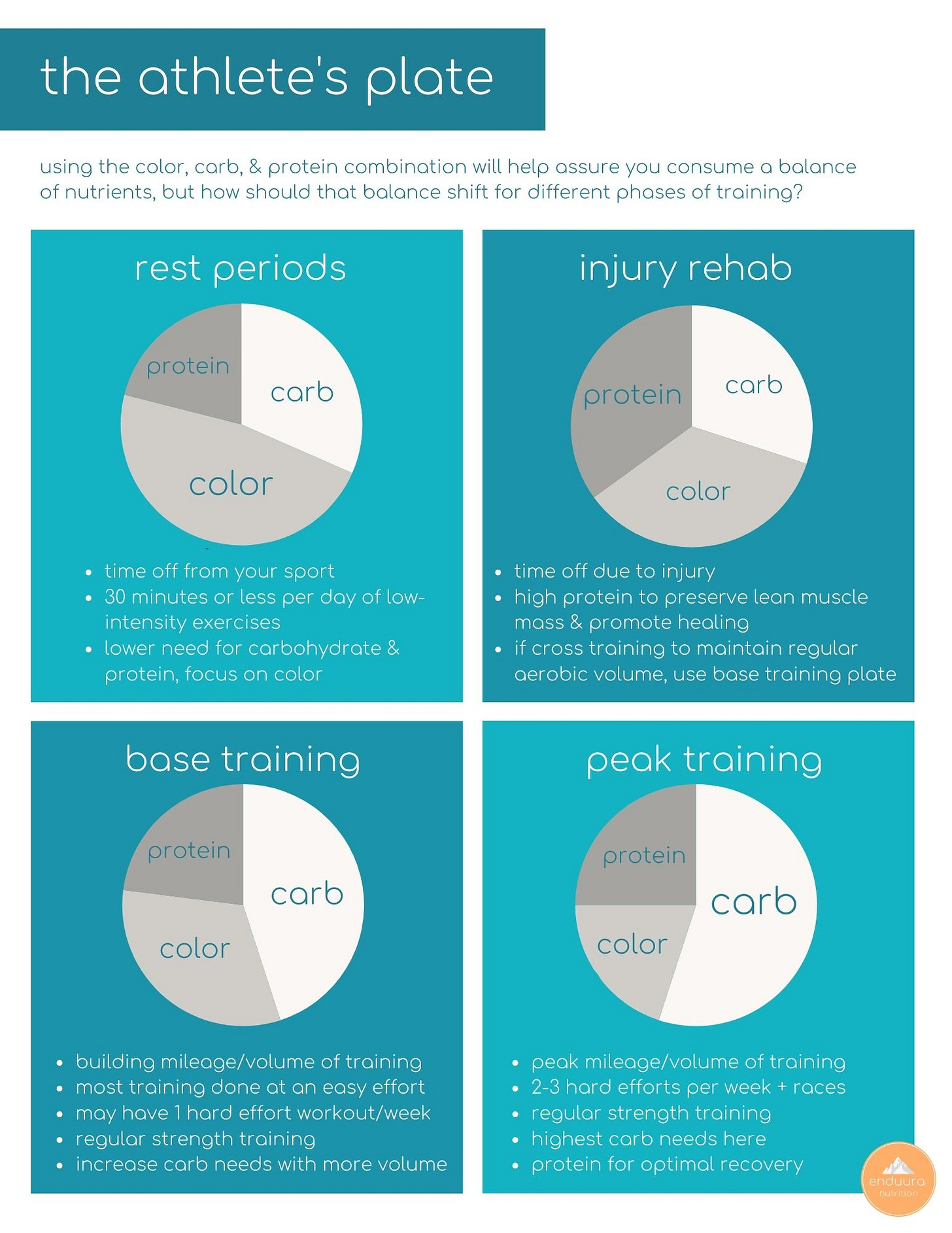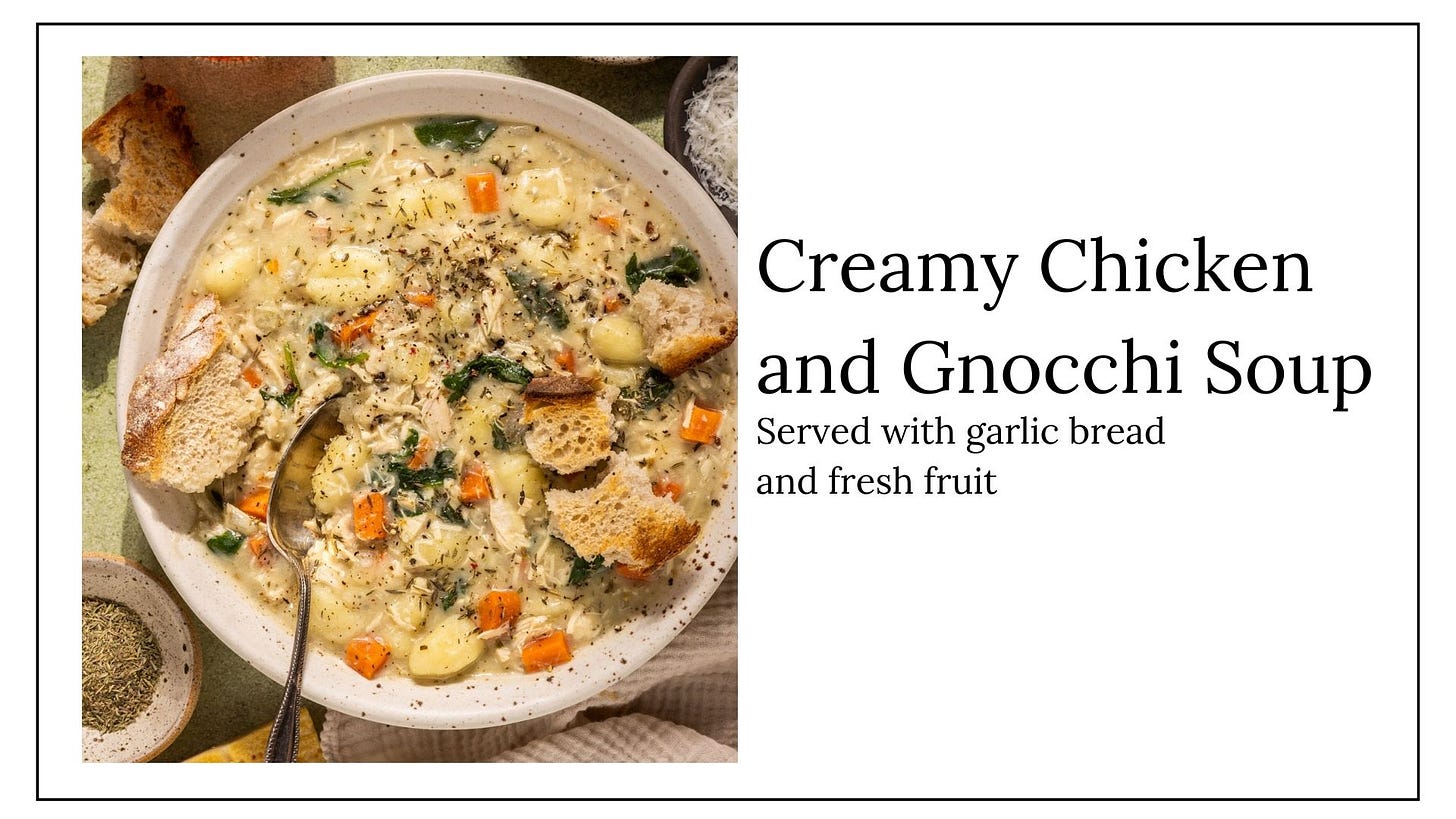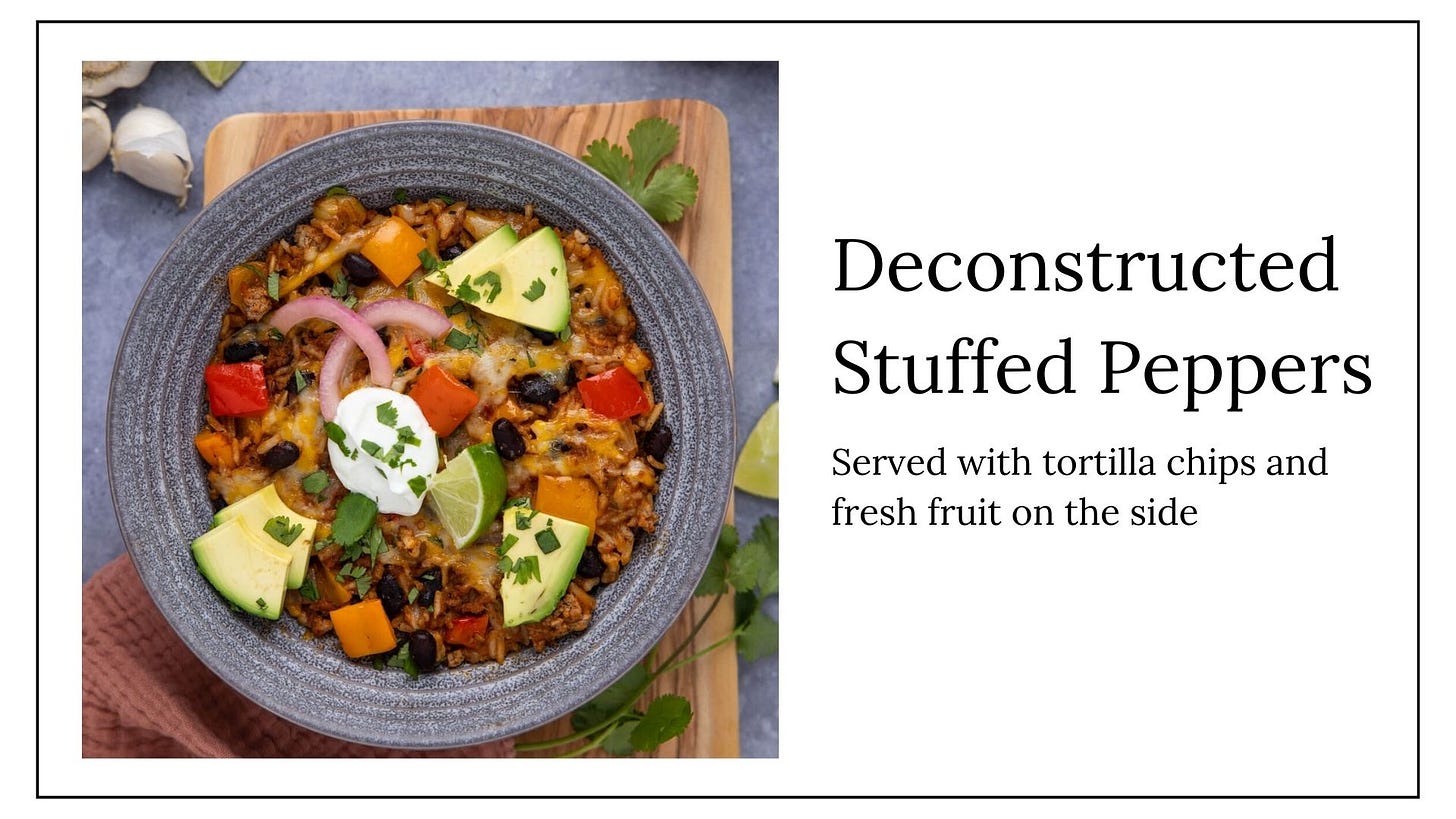Week 1: What to Eat while Building Base Mileage | Feed Your Runner
Read about Clayton's upcoming race, a meal plan for when you're building mileage, a grocery list, and Jackie's first tip
Hi friend! Thanks for being here!
For this first week, we’re sending the same email to free and paid subscribers so that you can see what Jackie and I have put together. Enjoy! Starting in Week 2, the grocery list and nutrition tip will only be available to paid subscribers.
I’ve been planning this newsletter for several weeks now, and I’ve assumed that Clayton would be in base training this week.
Guess what?
He’s not. :)
A few days ago, he decided to enter the Houston Half Marathon on January 19th. It’s a flat, fast course with a star-studded field, and I’m so excited for him to compete with the best! But does it throw a wrench in my plans? Yes, yes it does.
Is he actually in the base mileage portion of his spring marathon build as I am writing to you about how to fuel a marathoner during a base mileage week?
No. No he’s not.
This just goes to show that the number one trait for being a runner’s favorite support person is not to be the best chef and meal planner ever, but to be wonderfully flexible and adaptive.
Constantly working on that part. :)
But, the good news is that while there are certain meals that lend themselves better to base mileage weeks than peak weeks, the biggest change is in the way that they are plated.
I love Jackie’s visual here. This week we’ll be focusing on higher carb ratios since Clayton is running 100+ miles this week AND he is running speed workouts with faster turnover than his typical marathon workouts AND he is spending time in the sauna and weight room.
Yes, it’s a big week!
Breakfast
I like to batch prep a few breakfast options, and then mix and match them throughout the week with eggs (usually scrambled with bell peppers) and cereal (I can’t keep Clayton from his rice krispies + bananas or his honey bunches of oats; he’s also a big fan of granola). He usually eats both a savory and a sweet option each morning.
Lunch
Clayton usually eats big breakfasts (post morning run) and big dinners (post afternoon run), so we keep lunch time pretty simple. His typical go-to is turkey sandwiches with pretzels or chips.
Dinner
Monday: easy mileage
Tuesday: workout
Wednesday: easy mileage
Thursday: workout
Leftovers of the Chicken Tikka Masala served over rice with broccoli and naan bread.
Friday: easy mileage
Leftovers of the Chicken and Gnocchi Soup served with roasted potatoes.
Saturday: long run
Sunday: recovery day
Leftovers of the deconstructed peppers
Click here to access the grocery list.
Loading up on vegetables
Less weekly mileage, shorter long runs, and less-intense workouts allow marathoners to focus on vegetables during the base phases of their training blocks. Vegetables are rich in vitamins and minerals that support the body’s process of producing energy. They also provide a base foundation for helping athletes recover efficiently, build muscle, prevent illness, and protect an athlete’s overall health and longevity.
Some vitamins and minerals have specific roles in the endurance performance process, such as iron, which helps transport oxygen to the muscles during exercise, allowing the muscle to contract and work properly.
The science behind a colorful plate
The base phase of a training cycle is an excellent place to focus on vegetables for a few reasons:
First, the base phase often has a smaller energy demand on an athlete. Less mileage and less frequent/intense speed workouts categorize this phase of training for most athletes. By filling your plate with a larger portion of vegetables, you are less likely to eat more than what your body requires.
Second, vegetables are higher in fiber. Fiber is super important for bowel regularity, blood sugar regulation, and chronic disease prevention. For athletes with sensitive guts, however, a lower fiber diet may be required to reduce stomach and gut discomfort during long runs or speed workouts. During peak phases of training, many athletes will have multiple days each week where they need to be conscious of their fiber intake. This can likewise compromise their ability to maintain large quantities of vegetables in their diet. Due to the easier training demands of base training, athletes should be able to incorporate more fiber without experiencing stomach and gut distress.
Third, taking some time to focus a larger portion of your diet on vegetables is not only helpful for your athletic performance, but also your long-term health and longevity. Increasing variety of those vegetables makes it more likely for you to get all the nutrients in that your body needs from year to year and make the inclusion of vegetables feel more normal and natural through all phases of training.
In the kitchen
Here are a few tips to help you increase your vegetable intake without compromising on taste or satisfaction.
Roast them!
Chop vegetables into 1-2 inch portions. Drizzle with olive oil, salt, and pepper. Bake in the oven at 400 degrees Fahrenheit until they are lightly browned and easily poked with a fork. Adding olive oil keeps the vegetables moist and roasting them in the oven enhances the flavor & texture of the vegetable. My favorite roasted vegetables are: bell peppers, broccoli, asparagus, potatoes, eggplant, and green beans. Some other great choices are sweet potatoes and brussel sprouts.
Try some delicious dips or dressings
Dips and dressings can be the perfect flavorful component to a fresh and crisp vegetable side or snack. Some of my favorite dips include hummus, cottage cheese, and nut butter (with carrots specifically). Staple dressings in our fridge include cilantro lime dressing (great with tacos and burrito bowls), poppy seed dressing (drizzled on a winter spinach salad adorned with fresh oranges, blueberries, and pomegranate seeds), and balsamic glaze (delicious on roasted brussels sprouts). Basil cashew pesto and peanut sauce are also yummy!
Incorporate them into the food you are already eating
If having an extra salad with all of your meals feels a bit too much, try to simply add vegetables to what you are already eating. Sautee a few chopped mushrooms, bell peppers, and spinach into your morning scrambled eggs.
I’m so excited about this week’s lineup! Thanks for being here.
Take care,
Ashley
You can dive into the foundations of fueling in Jackie’s mini fueling course. Use Ashley10 for 10% off!













